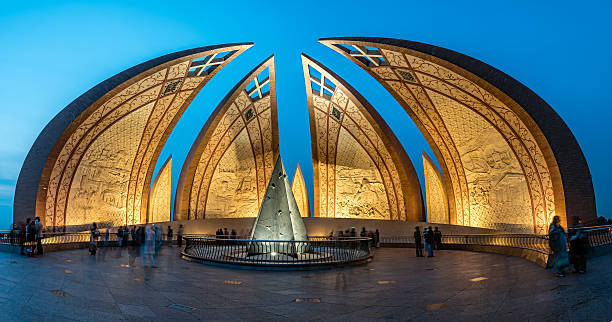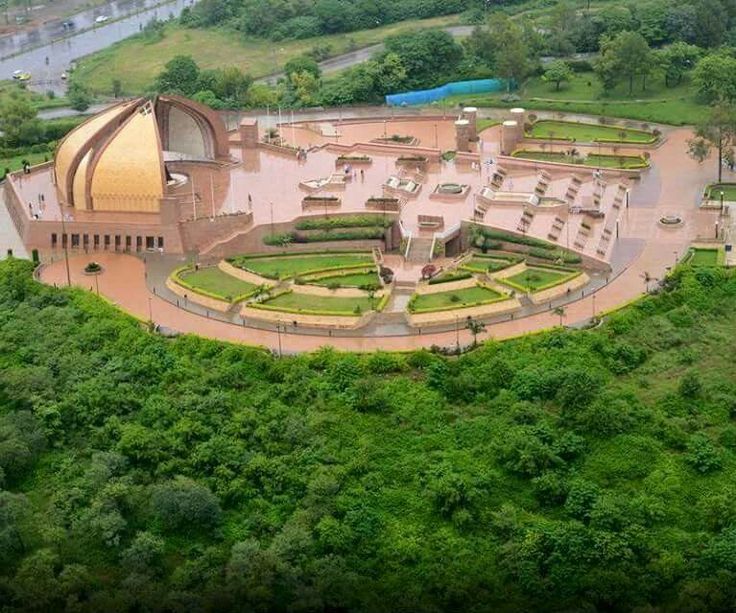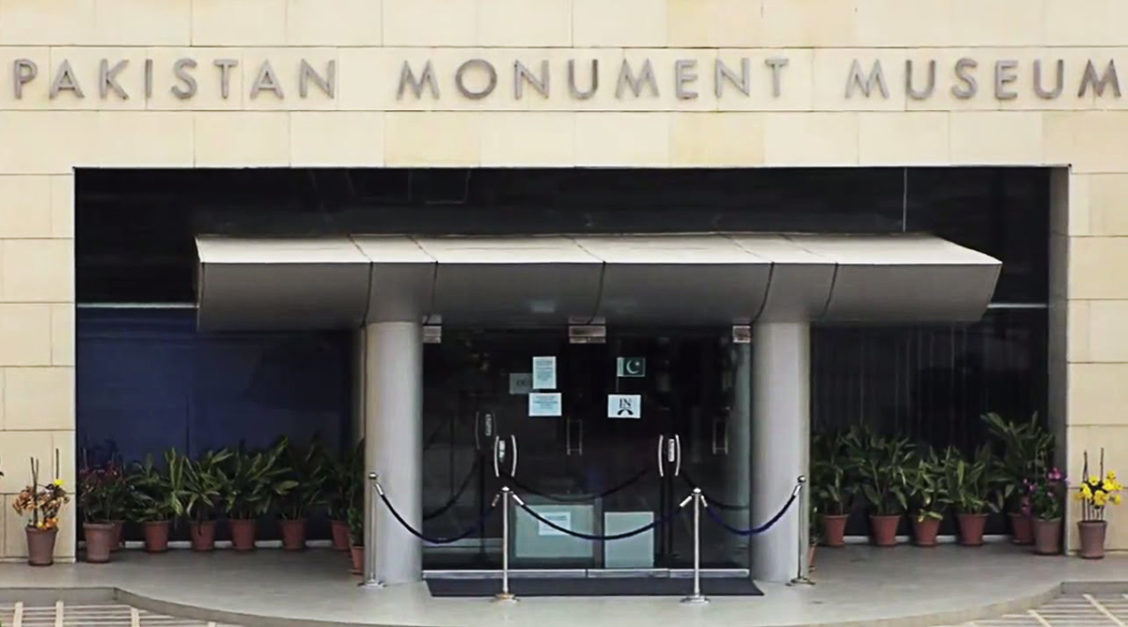The Pakistan Monument is a national monument located in the capital city of Islamabad. It is considered to be one of the most visited historical places in Pakistan. It is a majestic sight that is symbolic of the country’s rich history and culture.
Situated on top of a hill, the monument offers stunning views of the city and is a popular spot for tourists and locals alike. Graana.com has prepared this travel guide that you can check before making a visit to the Pakistan Monument.
History of Pakistan Monument
The history of this beautiful landmark goes back to 2004 when the government laid down the foundation stone. The idea was first proposed by Pervez Musharraf, the then-president of Pakistan. Later, in 2005, an architecture competition was arranged by the town planners and the Council of Architects to choose the landmark’s design. Pakistani architect Yasmin Levy won the contest.
The idea was simple and straightforward: the monument needed to represent a strong nation and its people. More than 21 suggestions from architects across the nation were submitted, three of which were chosen by the council. Arif Masoud, however, was given the privilege of creating the Pakistan Monument.
Engineer Syed Mahmud Khalid oversaw the completion of the monument in 2006. The official opening ceremony took place on March 23, 2007. It covers 2.8 hectares of space and is ranked top among Pakistan’s national monuments.
Design Concept of Pakistan Monument

The monument is shaped like a blooming flower with four petals made of red granite. Each petal represents one of the provinces of Pakistan.
Beautiful murals depict the Faisal Mosque in Islamabad, the Makli Necropolis in Sindh, the Rohtas Fort near Jhelum, the Shah Jahan Mosque in Thatta, and the harbour city of Gwadar on the first petal of the monument. Images of Fatima Jinnah and Muhammad Ali Jinnah can be seen in the second petal’s artwork.
In addition, it shows the iconic Minar-e-Pakistan and Badshahi Mosque in Lahore, the Karakoram Highway in Pakistan’s northern region, and a crowd listening to Quaid-e-Azam. The third petal’s artwork features pictures of Pakistan’s national poet Allama Iqbal, Multan’s Shah Rukn-e-Alam Tomb, Peshawar’s famed Mahabat Khan Mosque, the Indus River Delta, and the Lahore Fort.
The Khyber Pass, Islamia College in Peshawar, Quaid-e-Azam Residency in Ziarat, Shalimar Bagh in Lahore, and other places are also sketched on the final petal.
Attractions

The Pakistan Monument has four pillars and a sizable fountain in the centre of these granite petals. The words “Faith”, “Unity” and “Discipline” are displayed in both Urdu and English on these structures. There is also a wall that displays the handprints of each designer, architect, engineer, and worker who contributed to the building’s creation.
A circular terrace with gorgeous archways serves as a viewpoint right adjacent to the main monument. From here, you can view the entire city. This includes the metallic crescent atop the Shakarparian Hills that bears Quaid-e-Azam’s quotations and Allama Iqbal’s poetry etched on it.
Lastly, the lush green gardens add a fresh influx of colour, where visitors can take a stroll or sit to relax and enjoy the surroundings.
Pakistan Monument Museum

The Pakistan Monument Museum, also known as the Islamabad Museum, is located here as well.
Inside the museum, you will find a plethora of beautiful paintings, grand exhibits, life-like wax statues and historical photographs. These paintings are basically illustrations of the major events that eventually led to the independence of Pakistan. The museum gives its visitors a holistic view of all important historical events, such as the advent of Islam in the subcontinent, the Mughal era and the war of independence.
It also consists of a majestic reference library and an Audio Visual Centre. Here you can find collections of historical speeches and many other notable national records. In addition, the museum houses a conference hall and an auditorium named Panorama Hall, which has a seating capacity of 62 people.
The Pakistan Monument is one of the top tourist attractions in the federal capital.
For guides on more places to visit in Islamabad, check the Graana Blog.




